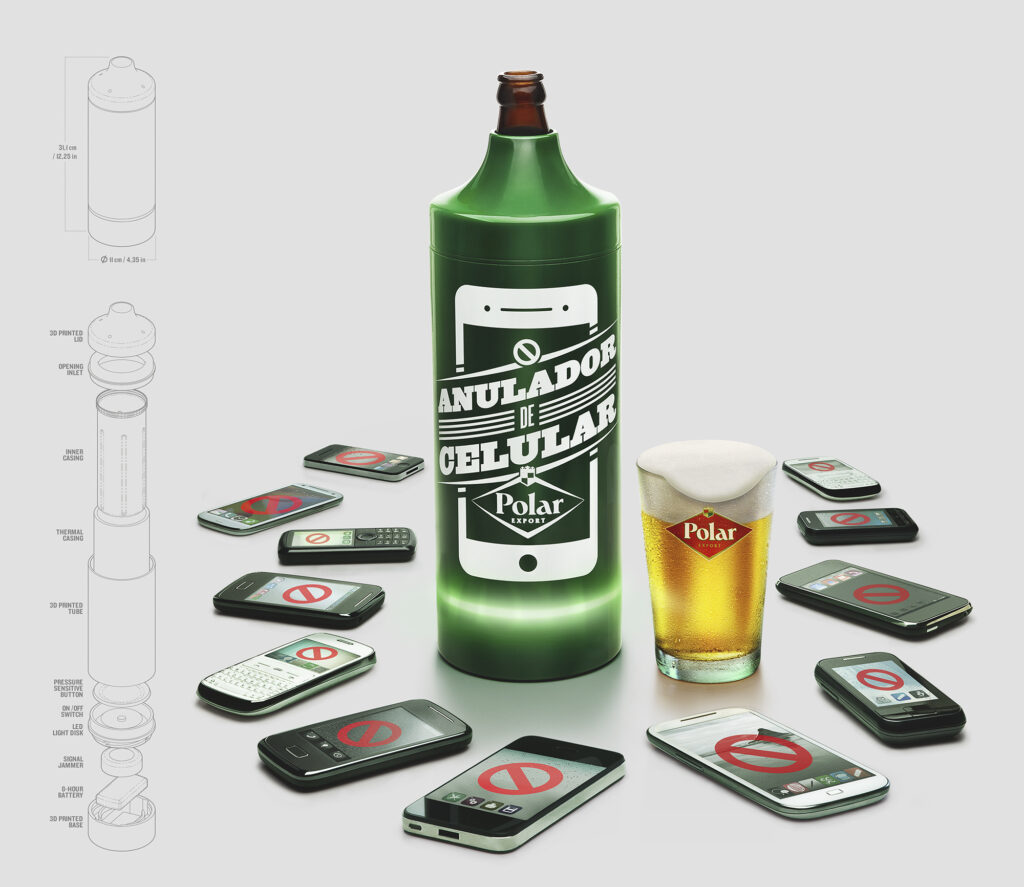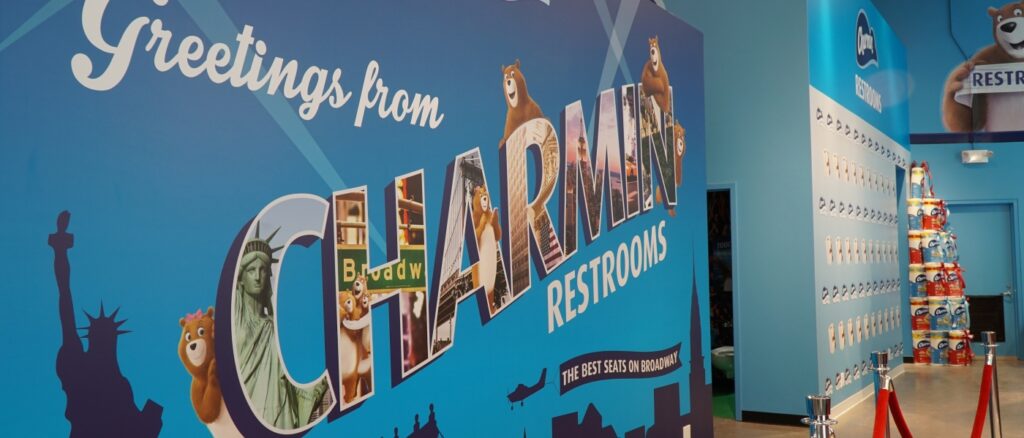Interacting with your audience: why is it important?
By Nick Valego
So, you’ve heard that your brand needs to focus on interacting with its clients. What does that mean?
Gone are the golden days of one-way communication. Radio broadcasts, mailed postcards and even television commercials are all forms of advertising that have seen great success in the past, but the demands of contemporary consumerism have shifted how products and goods are sold.
These days, brands need to go beyond simply speaking to their audience.
In the age of constant online connectivity, people expect more from brands – getting people to buy into an idea takes creating unique and valuable experiences.
So what does interacting with your audience mean?
It can be almost anything that opens up a two-way channel of communication and makes consumers feel like they’re taking part in a brand’s identity. Maintaining a charismatic and engaging Twitter account is one way to do this; allowing audience participation to make choices that impact the brand could be another.
Now, what does interacting with an audience allow a brand to do?
- Develop your brand personality in a different way. When you expand beyond the traditional methods of putting something in front of a consumer’s eyes, the sky’s the limit.
- Make the audience feel like they’re part of the brand community. You don’t want your audience to just buy your products – you want them to buy into and contribute to the culture of your business.
- Provide outlets for discussion. It’s much easier to learn from your audience if you’re inviting open conversation, rather than simply relying on one-way communication.
- Stay on the forefront of modern innovations. Technology lets you connect with consumers in ways that weren’t possible even ten years ago.

Interacting example #1. Polar Cell Phone Nullifier
Polar, a beer sold in Brazil, wanted to bring its audience closer together and focus on the good times that beer facilitates without the interruption of smartphones. In this 2014 campaign, the creative agency Paim Comunicação created a cooler sleeve for glass bottles that blocks cellular and WiFi signals within a short radius, about the size of a bar table.
This campaign is a great example of bringing people physically into the ethos a brand operates around. Polar clearly believes that smartphones can be a hindrance to fun group conversations, and they want their beer to produce as many of those moments as possible. Blocking cell phone usage is certainly one way to drive home that a product is for human-to-human interaction.

Burt’s Bees Before and After Coupon Billboard
A street-level billboard in Minneapolis showing a woman’s wrinkled face made out of removable coupons marked Burt’s Bees’ launch of its Intense Hydration line.
As people removed coupons from this Baldwin& project, another image was revealed – a woman with more youthful skin. That wasn’t all, either. Once the advertisement had run its course, the actual billboard was transported to North Carolina and became a rain catchment system at the Durham School of the Arts.
The unveiling of the billboard coincided with a farmer’s market festival. Burt’s Bees knew its target audience, where they were likely to gather and how it wanted to display its product.
Having consumers physically remove parts of the ad – ones that they benefit from – is a great way to make a product more memorable. Repurposing the billboard as a sustainable tool to help a community further drives home that Burt’s Bees is an environmentally-conscious brand, and that extends all the way down through how they advertise.

Charmin Public Restrooms
This innovative campaign from the toilet paper giants sought to do the absurd – make using a public restroom a positive experience, and maybe even one people would look forward to. The restrooms, serviced after every use, were meant to “transport people to another place through immersive sights and sounds.”
Complete with a shopping area, coupons galore and multiple kinds of Charmin products, it was the pinnacle of restroom refinement.
This campaign accomplished so many things related to the brand’s core values. Most importantly, it got the product into people’s hands. In the most over-the-top manner, this event distilled what Charmin’s all about – elevating the bathroom experience. Taking something as universally reproached as a restroom in New York City and turning it into a zany, fun thing that consumers can experience and benefit from firsthand was quite the feat.
Make your advertising meaningful
Consumers expect more and more out of brands these days, and simply posting an ad in the local paper might not be enough anymore. A variety of advertising executions that all reinforce a core value and make consumers feel like a meaningful part of the community will ensure that your audience doesn’t just buy your products – they believe in your brand.
Contact us to learn more about how 1893 Brand Studio can help you form more meaningful connections with your audience.
